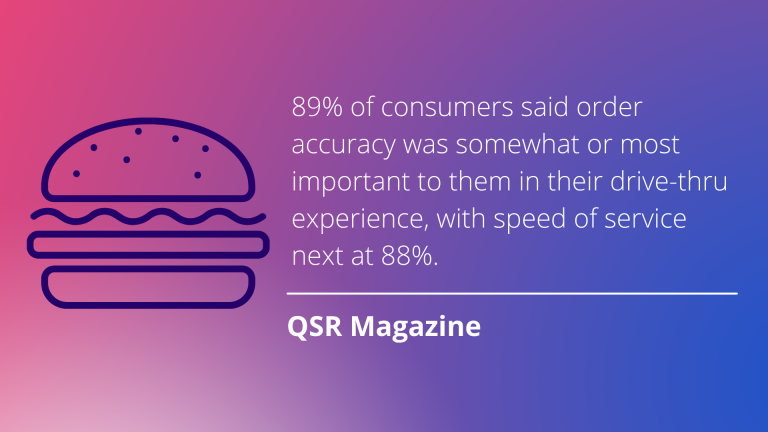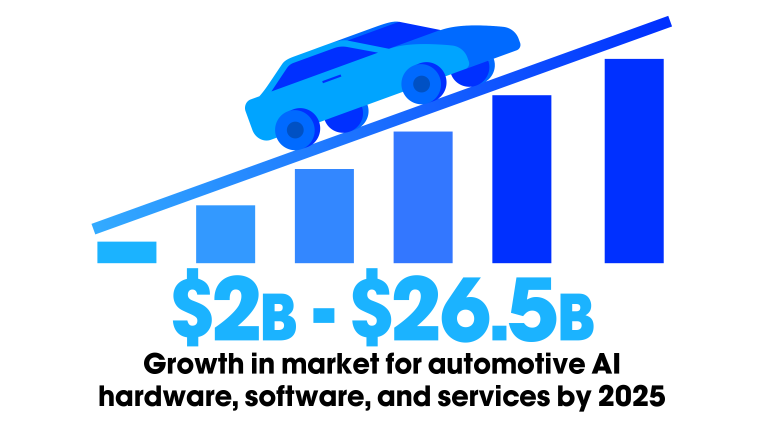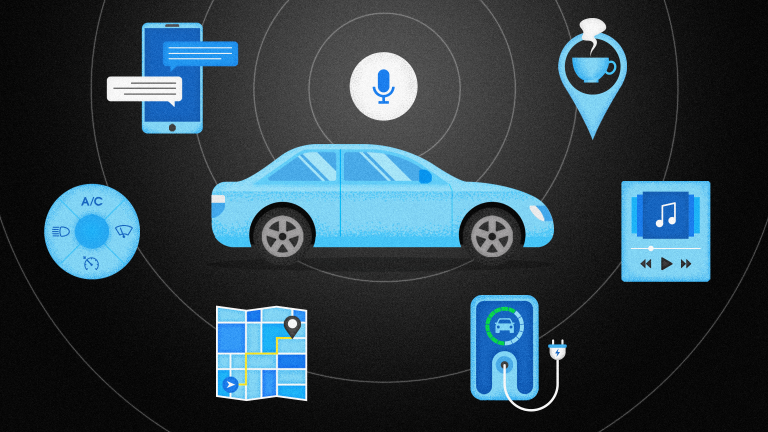
Why Brands are Buying into Voice Commerce for the Future of Voice Assistants
Customized, branded voice assistants are already delivering ROI to those companies that have implemented them as interfaces to their products, apps, and services. These brands have realized the business value of the improved customer experiences, efficiencies, and brand loyalty that result from the implementation of branded voice assistants in their products.








